Team Felixx + Mei to redevelop post-war neighborhood in Munich
By Bustler Editors|
Tuesday, Mar 10, 2015

Related
A Rotterdam-based team consisting of Mei Architects & Planners and Felixx Landscape Architects & Planners recently won a closed competition to redevelop an aging post-war residential neighborhood in Ludlstraße in Munich. Organized by GEWOFAG, one of the city's largest housing associations, 12 distinguished international teams were invited to participate. Team Felixx / Mei's entry ‘Neue Nachbarschaften’ ('New Neighborhoods') was then selected as one of three prize winners.
The winning teams will then proceed to further develop the plan.
Project description:
"Family model: The plan builds on the defined urban framework: an elongated building as a sound barrier along the highway, combined with urban villas in green. The whole district becomes part of the surrounding slow traffic network. Paths are connected to the existing infrastructure, missing connections are made, and the accessibility by public transport is strengthened. ‘Neue Nachbarschaften’ transforms the proposed residential area into a collection of new residential neighbourhoods."

RELATED NEWS Introducing the 2016 AZ Awards jury members
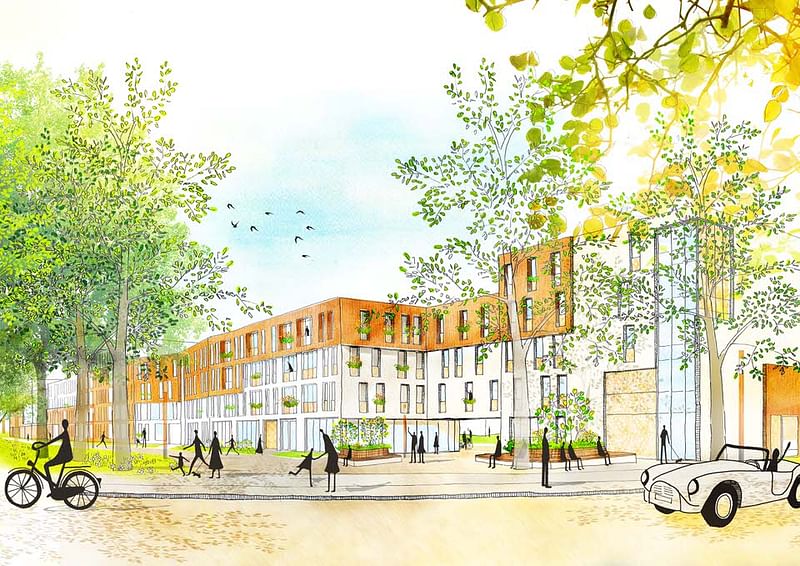
"'We apply the family model: every single component gets a distinctive identity, and meanwhile they are part of a bigger entity'' states Robert Winkel, Director of Mei. That bigger entity is the surrounding public realm. ''By incorporating this realm into every building, at different levels, we shape the transition between public and private space'' adds Michiel Van Driessche, partner at Felixx. Sport fields and playgrounds are realized within the public domain. Two nurseries, a nursing home, a community centre and various studio spaces activate the public realm. At these particular places, paths are widened and transformed into small squares, as new reference and meeting points."

"Different neighbourhoods: know where you live! Several smaller neighbourhoods are distinguished within the public domain: new ‘Nachbarschaften’. Therefore two, sometimes three buildings are clustered around a central square. The surrounding ground level is slightly lifted, with an elevated seating edge, to clearly articulate the neighbourhoods. The clustered buildings are designed as entities with their own character and identity.
With movable chairs the green area can be tailored to the personal mood and needs of the residents, and the space is equipped with playgrounds for smaller children. These new neighborhoods create a feeling of solidarity and safety, stimulate interaction and ensure the emergence of a social cohesion."
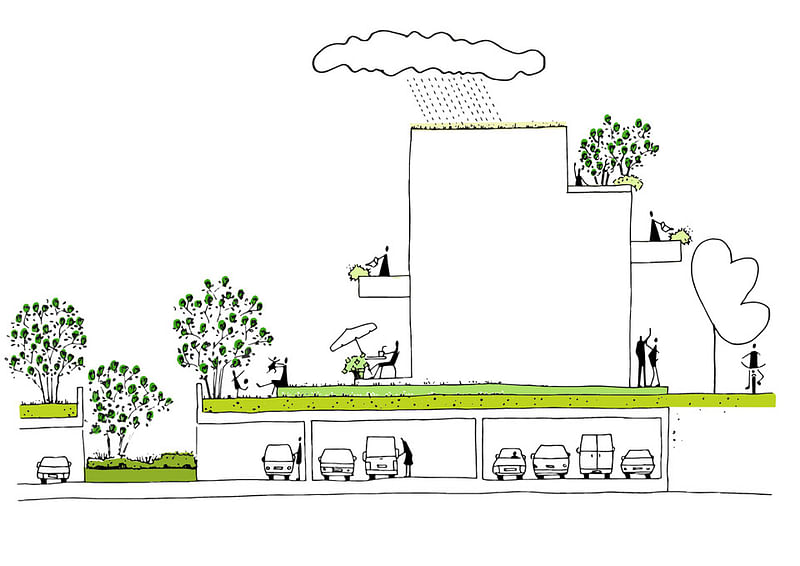
"Homes: know your neighbour! Gradually sloping building sections create an optimal connection with nature and sunlight accession. Each building has a set-back with private garden, each apartment has a balcony, loggia or terrace. Through this, the green space is also extended into the buildings, getting a private character. The different neighbourhoods have their own expression, based on shared architecture principles. The alternated balconies stimulate the interaction between neighbours. Vertical windows allow for maximum day-light, and strengthen the relation with the environment. The bright, stucco facades have a subtle surface profiling."
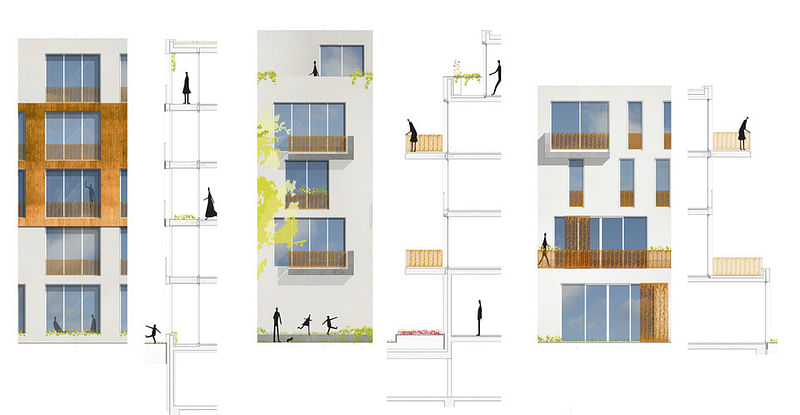
"The entrance facades -- lying opposite one another in a neighborhood -- are an exception: they are constructed of smooth and glossy precast concrete. The aluminum balcony fences and façade elements are decorated with different natural design motifs, in a different color. The three levels of outdoor space - public park, neighbourhood domain, and private gardens- are connected through the use of a typical plant. The Amelanchier grows in the public park, the area around the buildings, and in containers on the balconies. During springtime they bloom, in the fall they have a very special autumn colour. Twice a year, the area is very recognizably connected."
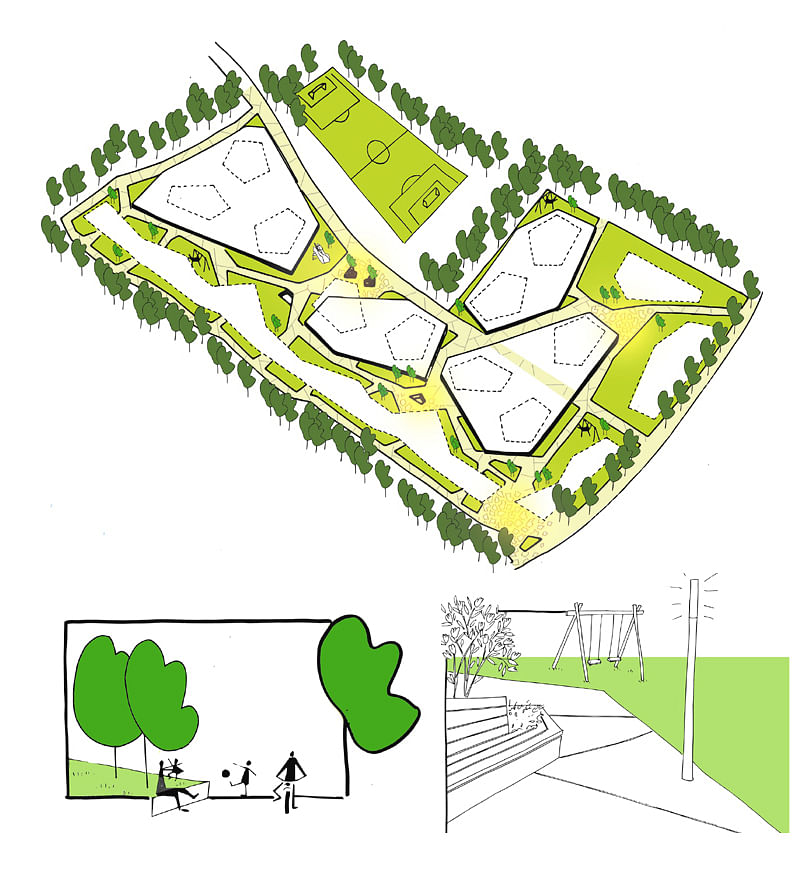
"The three levels of outdoor space -- public park, neighborhood domain, and private gardens -- are connected through the use of a typical plant. The Amelanchier grows in the public park, the area around the buildings, and in containers on the balconies. During springtime they bloom, in the fall they have a very special autumn colour. Twice a year, the area is very recognizably connected."
Project credits:
TEAM
Felixx Landscape Architect & Planners: Marnix Vink, Deborah Lambert, Michiel Van Driessche, Carlijn Klomp, Willemijn van Manen, Laura Spenkelink, Tea Hadzizulfic
Mei architects and planners: Robert Winkel, Anja Lübke, Menno van der Woude, Rob Reintjes, Immanuel Faustle, Louise de Hullu, Rutger Kuipers, Riemer Postma, Iris Veentjer
All images courtesy of Team Felixx / Mei
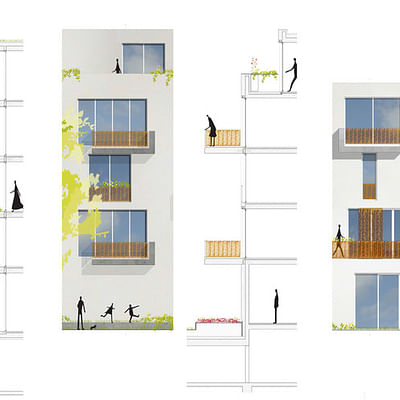
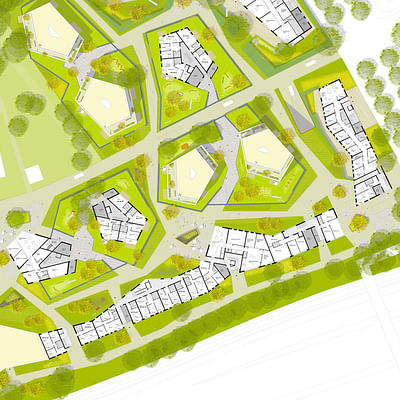

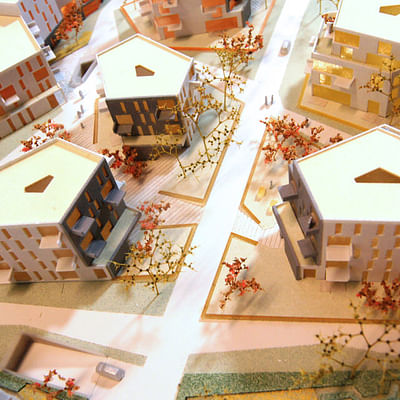


Share
0 Comments
Comment as :